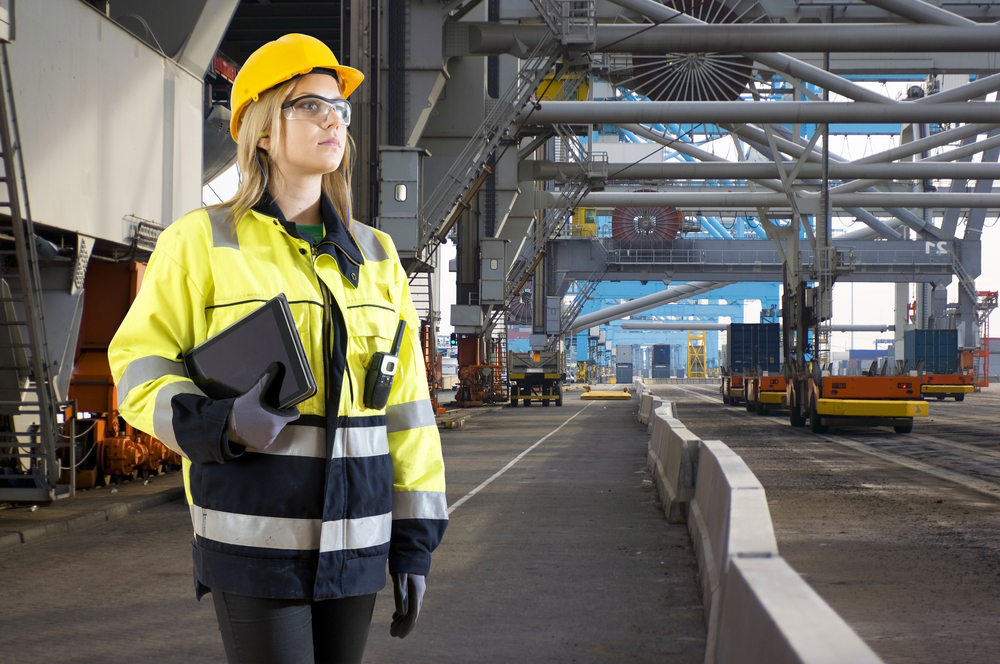
Common Ergonomic Hazards in the Workplace
Ergonomics is considered the “science of work” and is something of a buzzword when it comes to office-based working. It factors in the design and application of the equipment we use, making it support healthy posture and body movement – particularly over extended periods of time. This article looks at, among other things. common ergonomic hazards in the workplace.
Benefits of improving workplace ergonomics
Monitoring and improving your employees’ ergonomics is in everyone’s best interest, since it protects against workplace injuries and improves productivity. Here are some of the ways that improving ergonomics can help you:
- A reduced likelihood of workplace injuries, including prevention in most cases.
- A reduction in the effort required to carry out tasks, meaning staff are working smarter and not harder.
- A significant reduction in risk factors for musculoskeletal disorders.
- Improved staff morale, as well as an increase in productivity and product and/or service quality.
- Lowering costs by reducing factors such as errors, compensation claims, absenteeism and excessive staff turnover.
Identifying common ergonomic hazards
Our understanding of how the body works has evolved in time, meaning new ergonomic hazards are regularly being identified. In order to better identify these hazards, it is important to observe worker behaviour, looking specifically for:
- Awkward postures, such as bending or twisting.
- Repeated actions or motions, such as those seen by workers tasked with fetching or carrying objects.
- Movements which require force, such as pushing, lifting or carrying objects, particularly heavy ones which require more effort to move.
- Movements which expose pressure points, such as leaning or bending over objects or surfaces that are hard or have sharp edges.
- Static postures, where employees maintain a fixed posture for prolonged periods.
Types of ergonomic improvements to consider
When it comes to improving the ergonomics of a workflow, there are two areas to consider – engineering improvements, involving changes to physical mechanisms, and administrative improvements, involving changes to how your organisation operates and can support better ergonomics.
Engineering Improvements
As ergonomics develops as a science, new equipment is being made that can better assist employees to perform their functions safely. Aids like scissor lifts, turntables and trollies, to name a few, are becoming more common place on factory floors to help workers lift, carry, pack and move objects.
Other engineering improvements to consider would be the lighting in your workplace, opting for adjustable equipment, and monitoring the air quality and temperature in the workplace to ensure that staff are able to perform their functions in a healthy environment.
Administrative Improvements
Outside of additional equipment or changes to your workplace – which could be costly – there are also cost-effective changes you can make from an administrative side that can improve the ergonomics of your employees. You could consider alternating tasks, spreading out heavy tasks amongst light tasks to allow for recovery. You may also set aside break times where staff are encouraged to move around. You could also consider changes to how staff shifts work and how they are rotated, so that they are allowed adequate time to recover and aren’t straining due to long hours.
Assessment and Training
Key to monitoring and improving any occupational hygiene risks is assessing your workplace thoroughly and providing sufficient training.
Experts, such as Apex Environmental, offer Ergonomic Risk Assessments to ensure your compliance in terms of the requirements of the Ergonomics Regulations, 2019, Regulation 6, as framed under the Occupational Health and Safety Act of 1993. The outcome of assessments like these are recommendations on areas where ergonomics can be improved.
This training could be as simple as correct posture when sitting at a desk, all the way up to how to operate certain machinery which promote better ergonomics.








